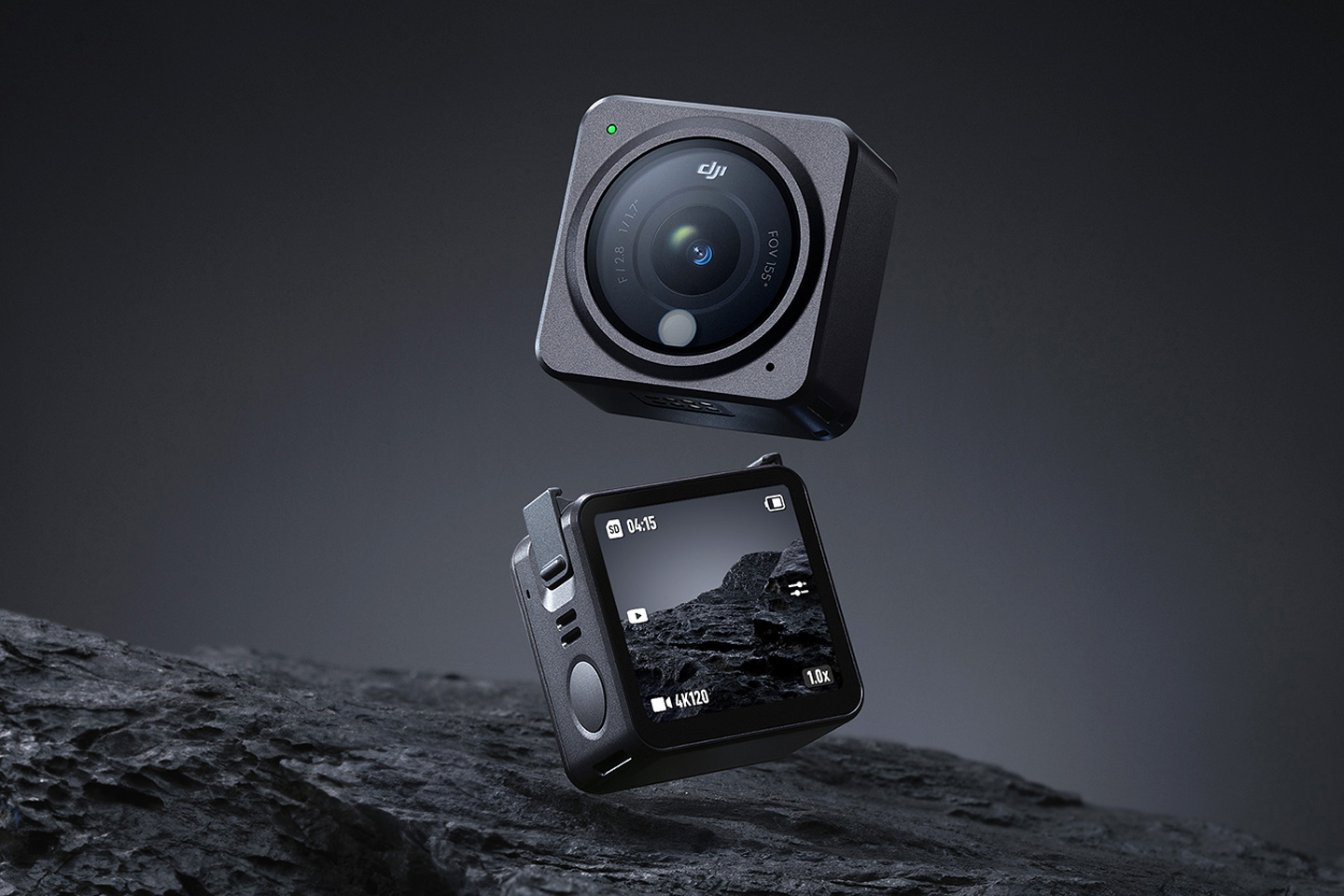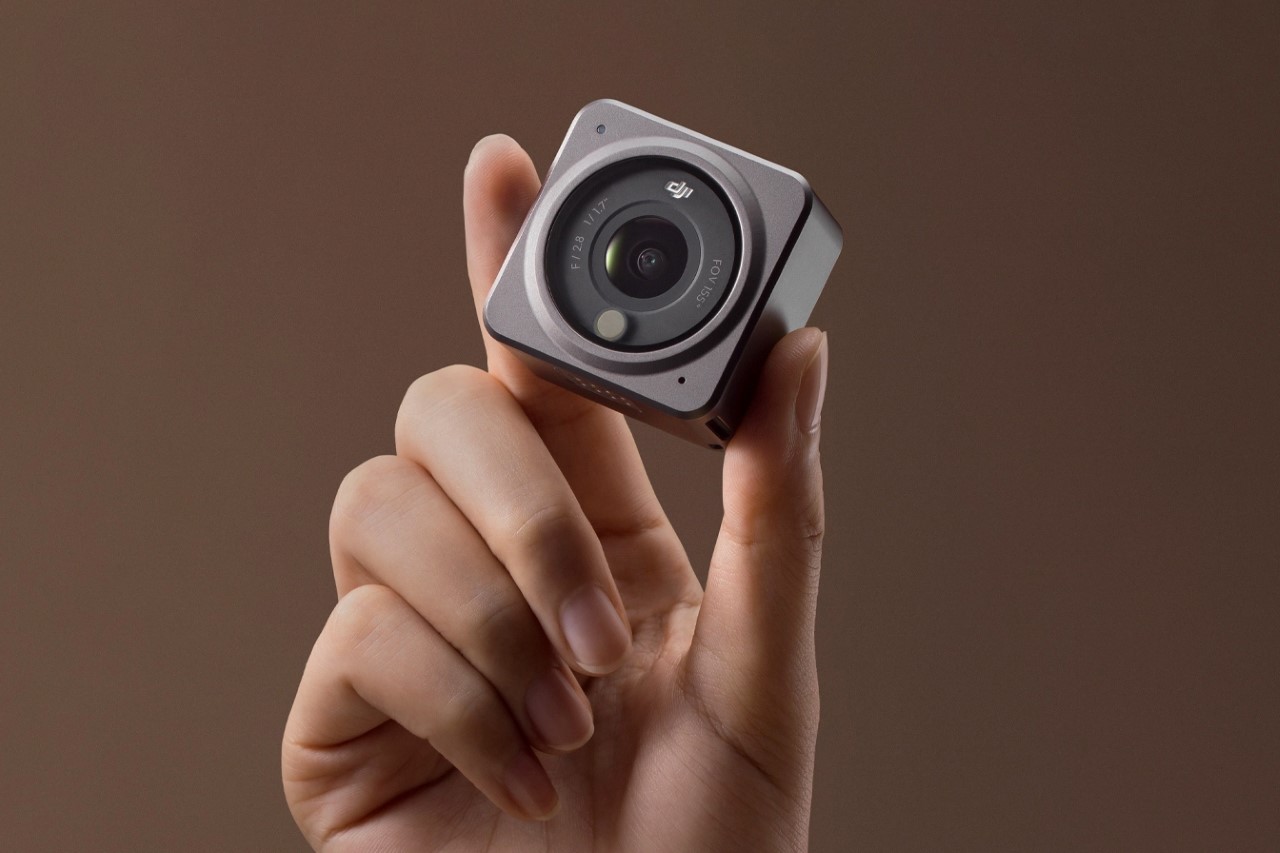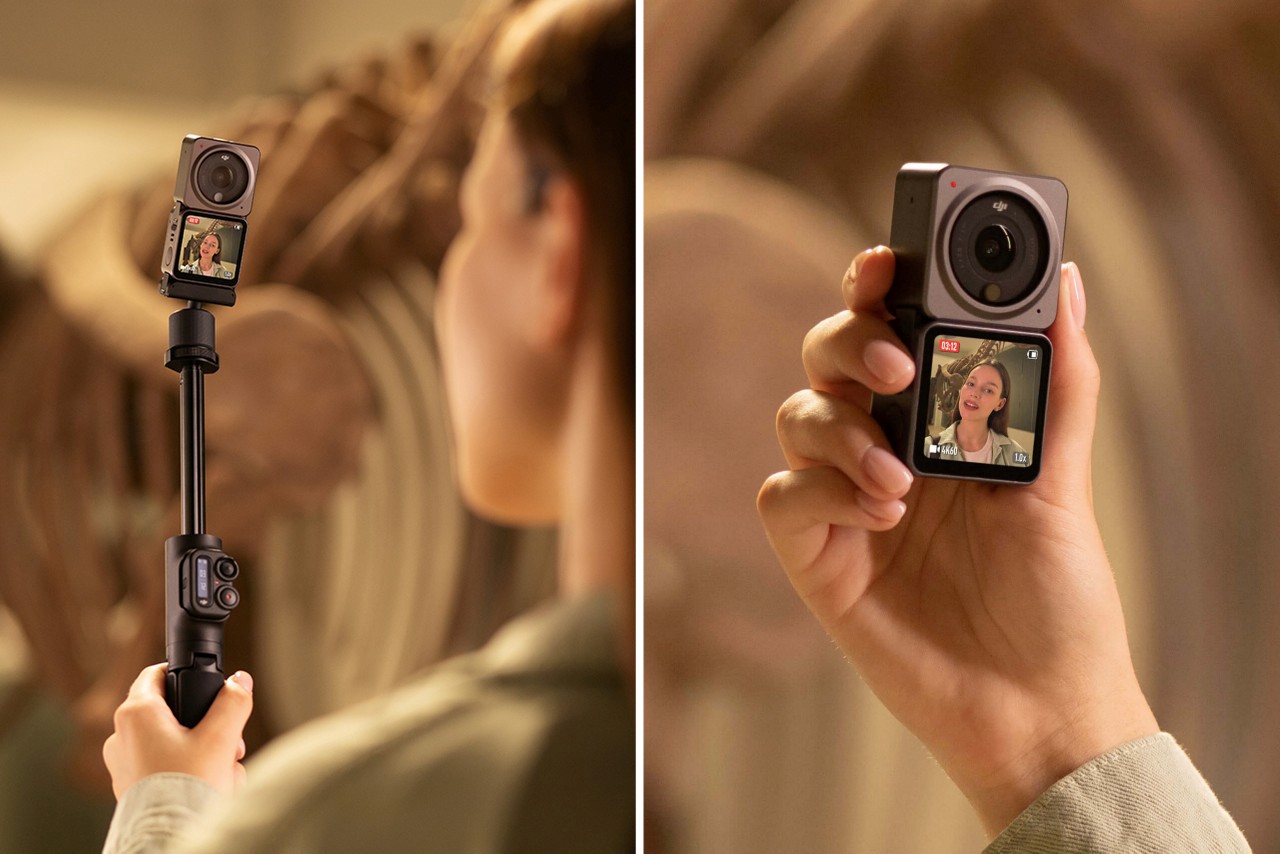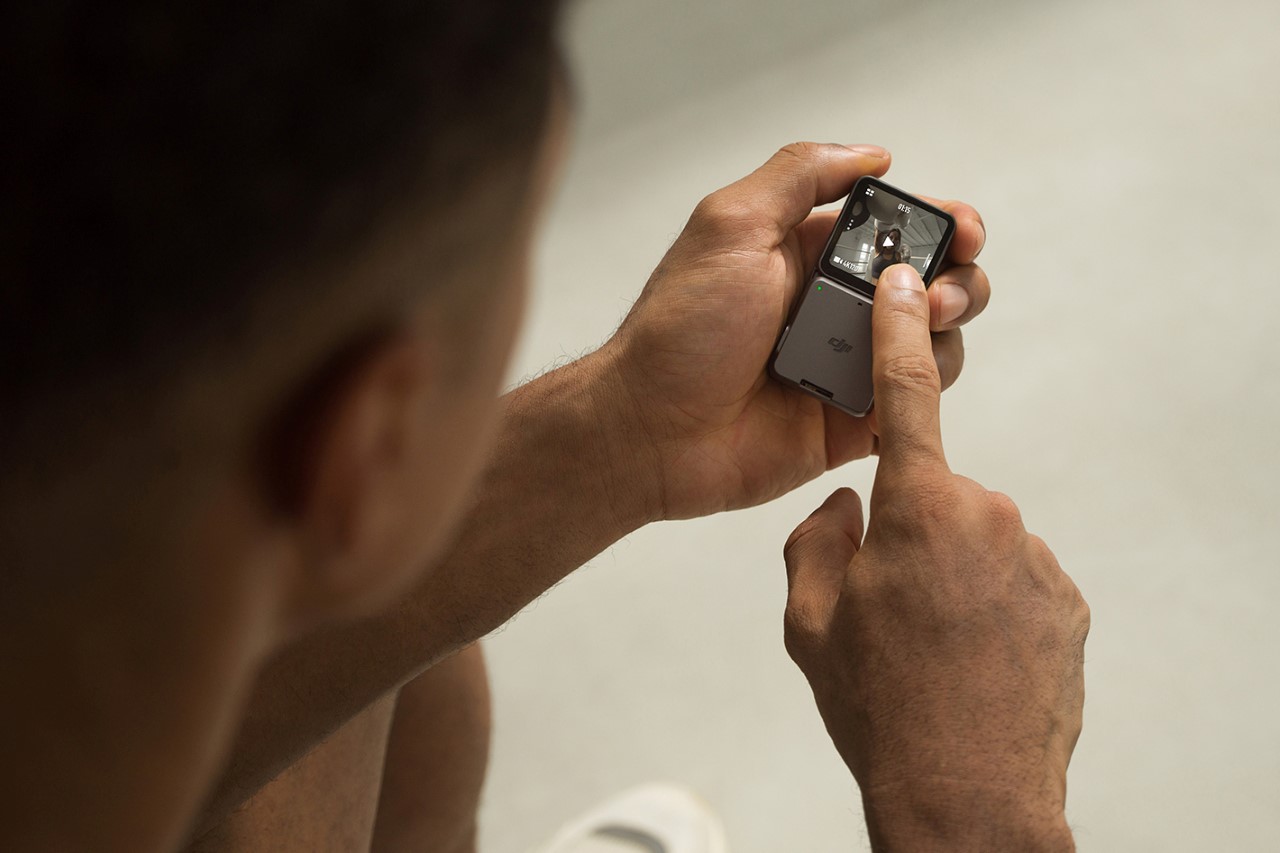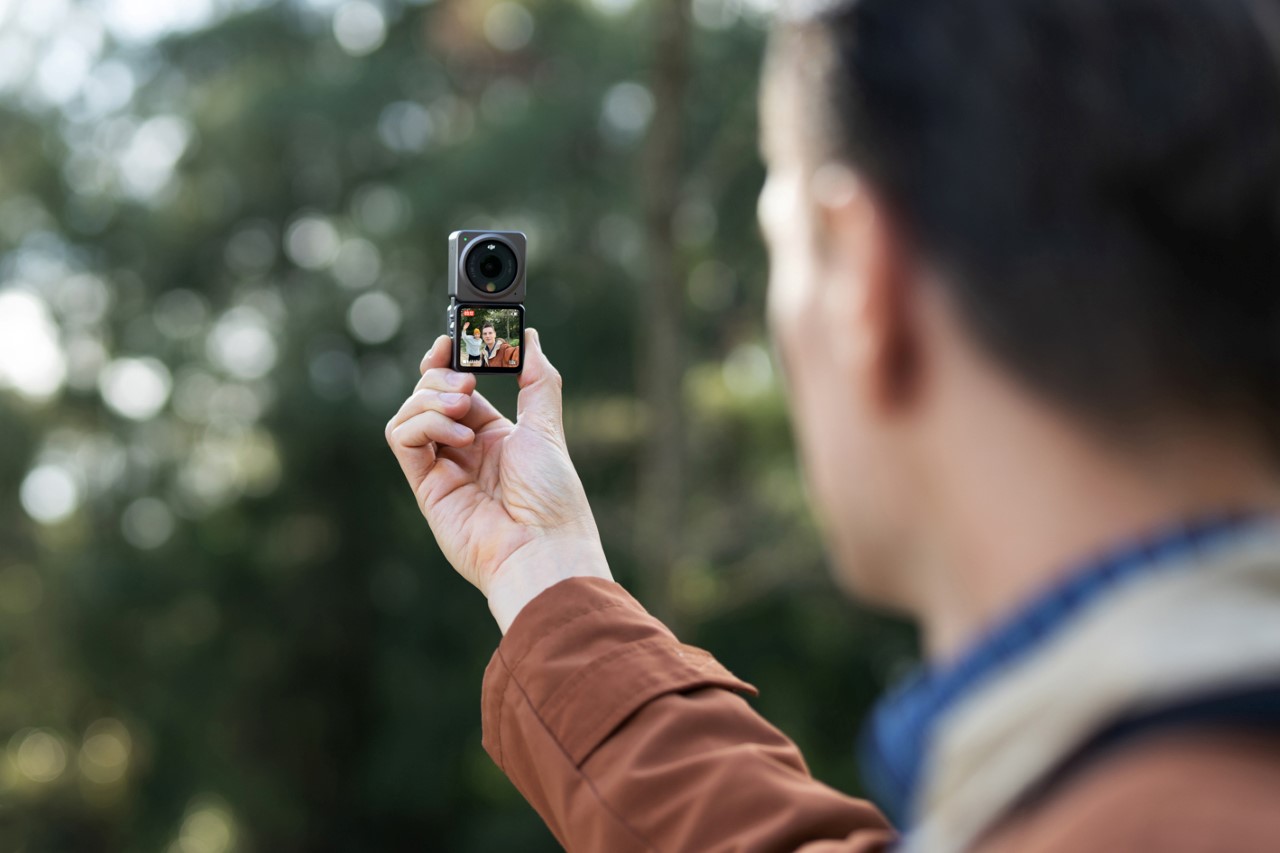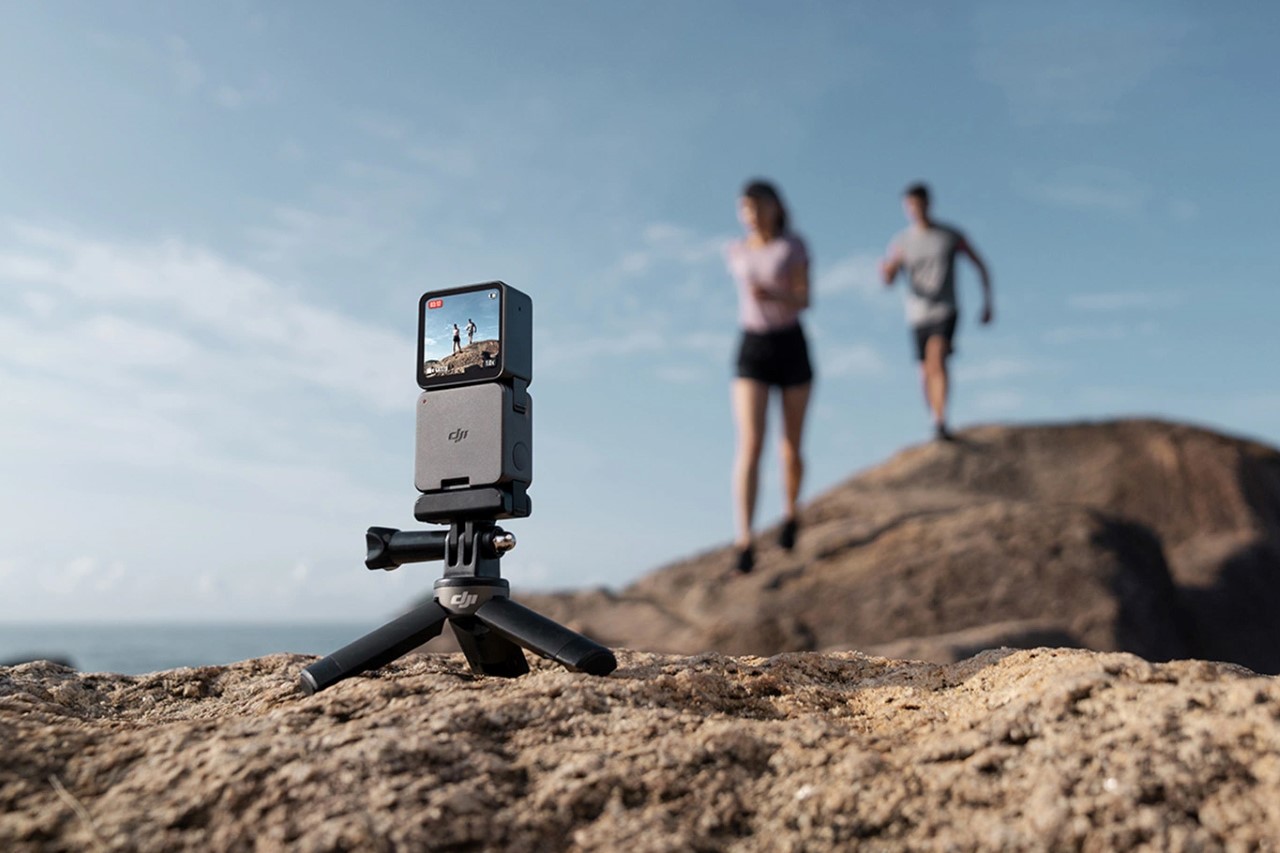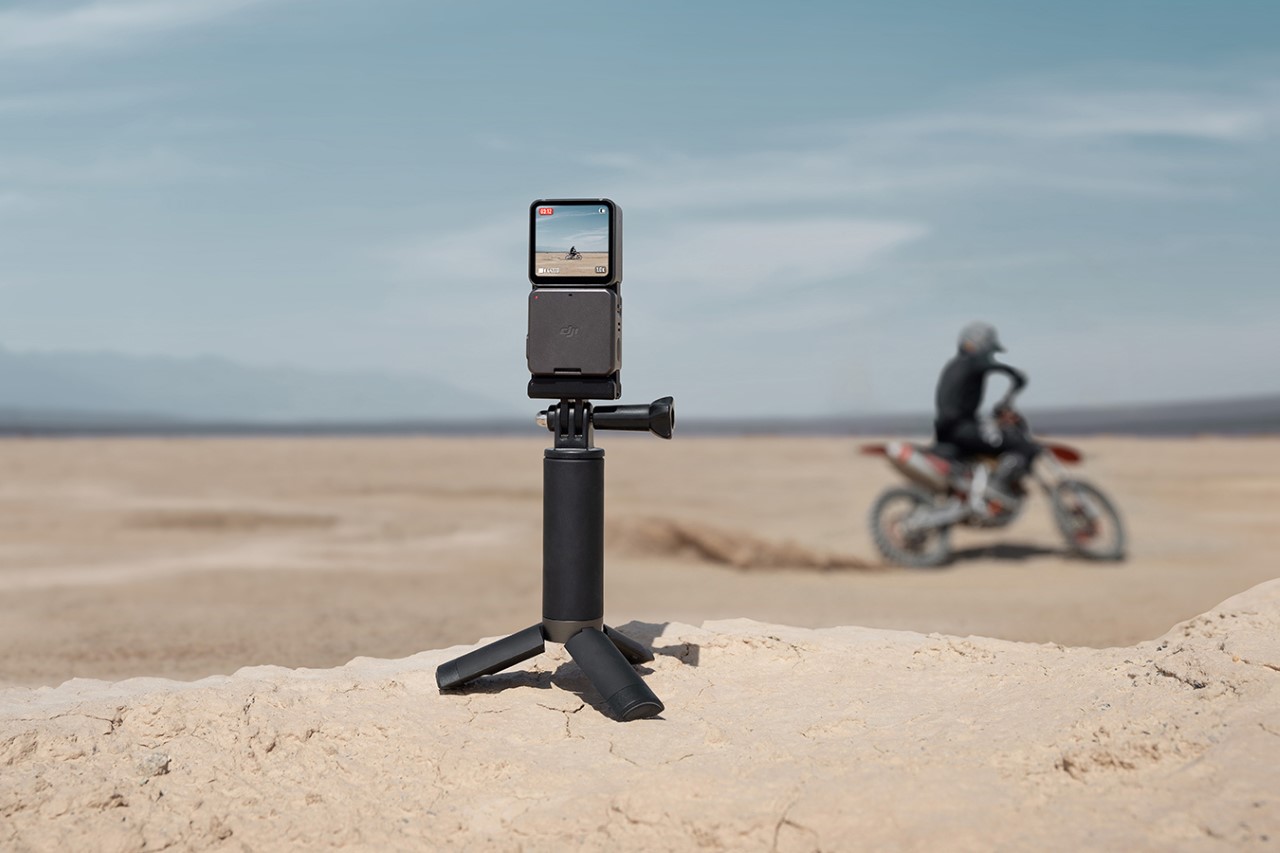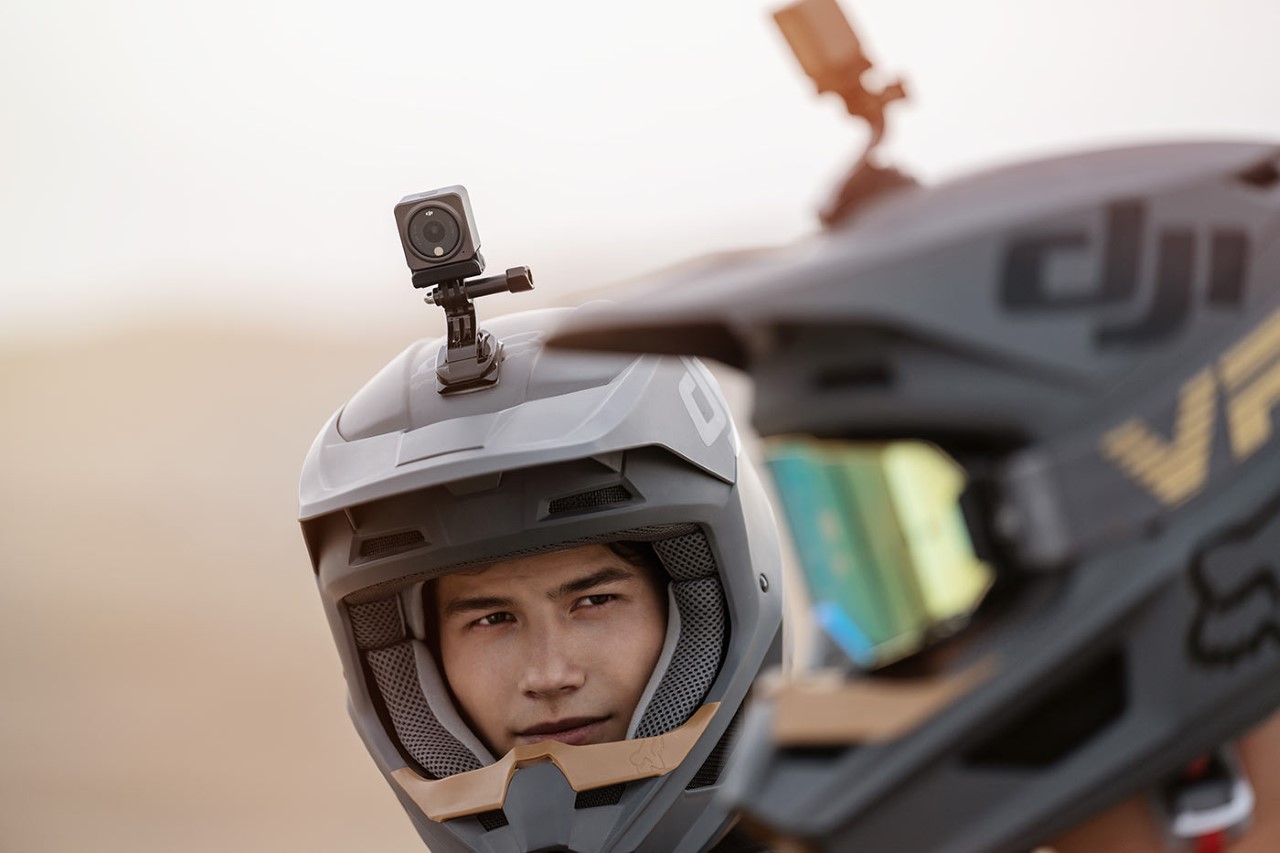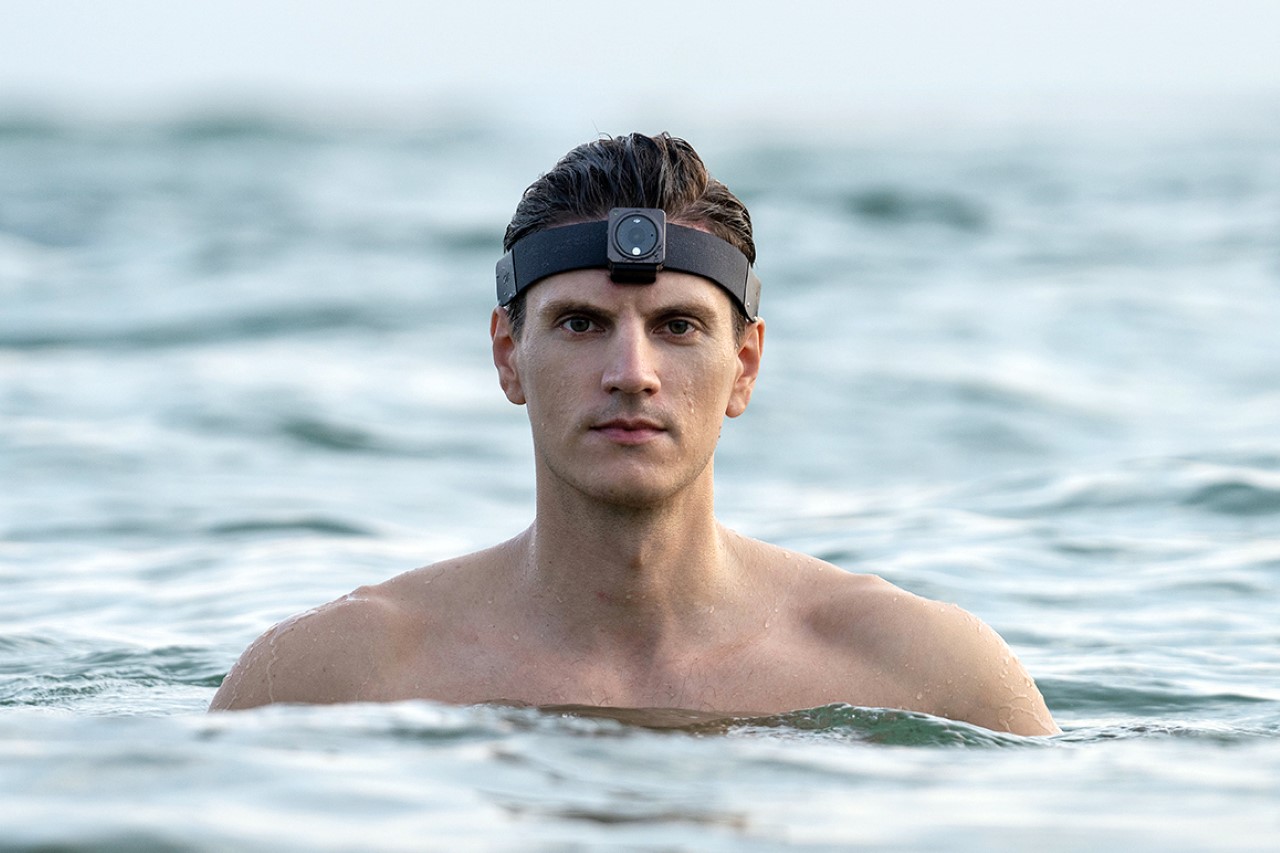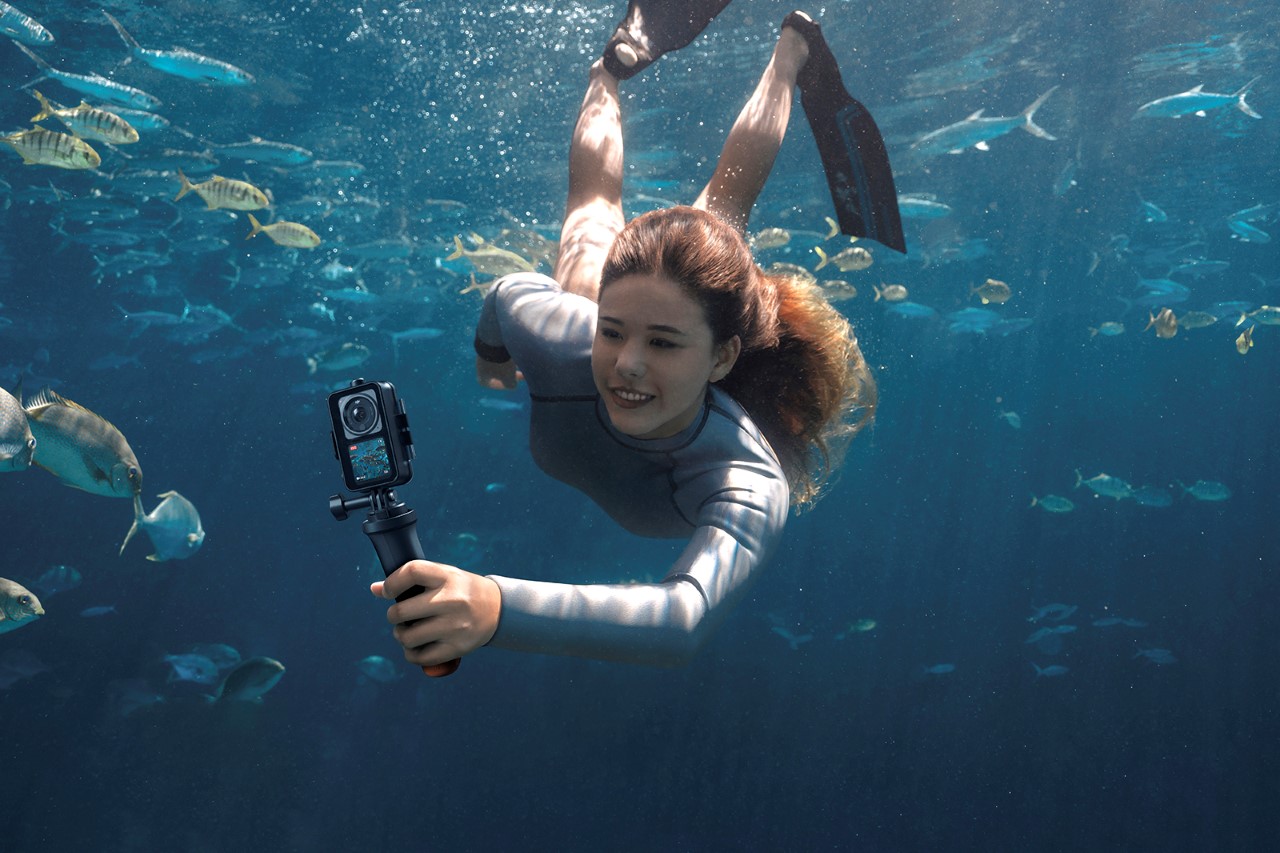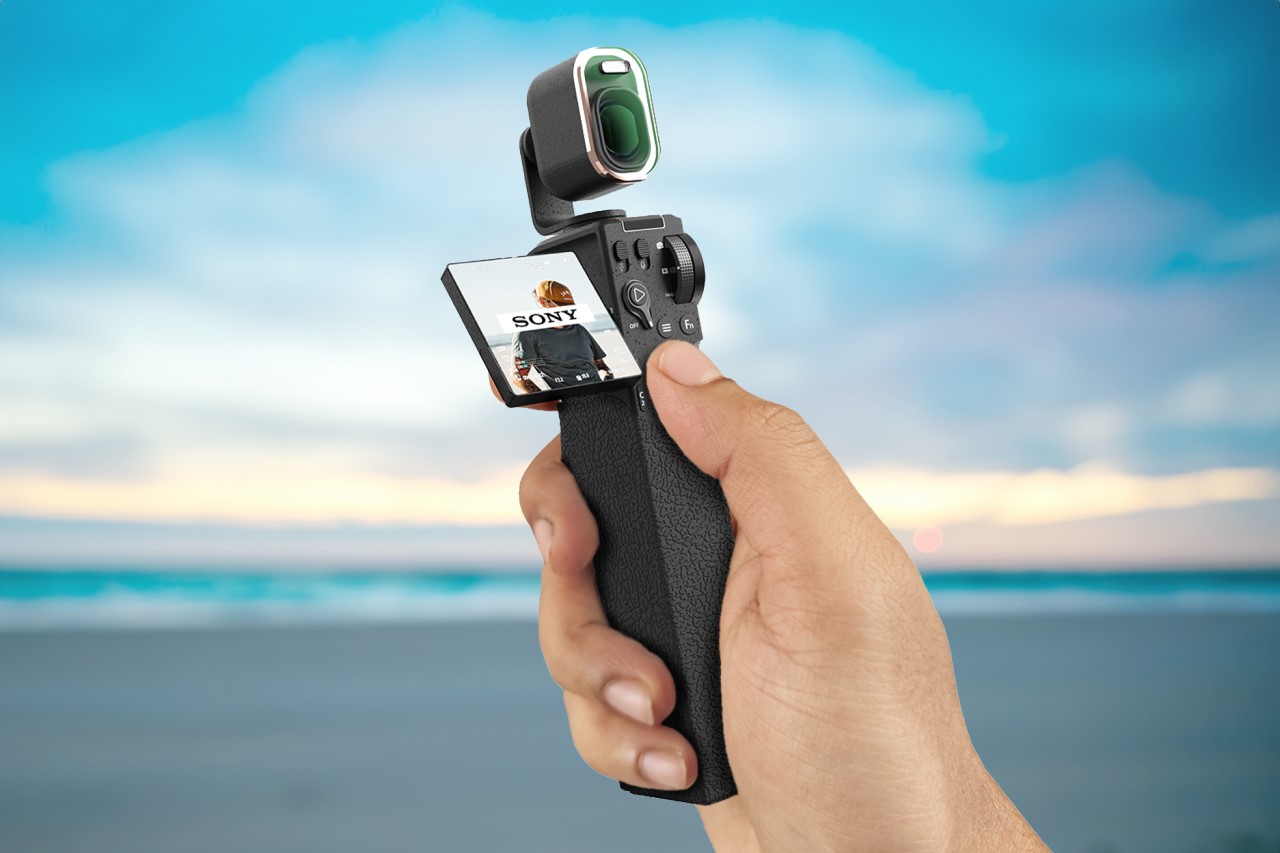
Sony is an absolute behemoth in the camera space, pretty much dominating the sensor market with its high-quality CMOS sensors that form the bedrock of most camera systems. However, the company (which has pretty much created every product under the sun from robot dogs to bouncing/dancing speakers) hasn’t made much progress beyond professional cameras, smartphone cameras, and the odd CCTV security camera (yes, they exist). The VLOG-001 puts that fact to rest by proposing a unique concept for a Sony-branded 3-axis handheld action/vlogging camera.
Designer: Priyanshu Jaiswal (Stang.ID)
Rendered on KeyShot: Click Here to Download Your Free Trial Now!
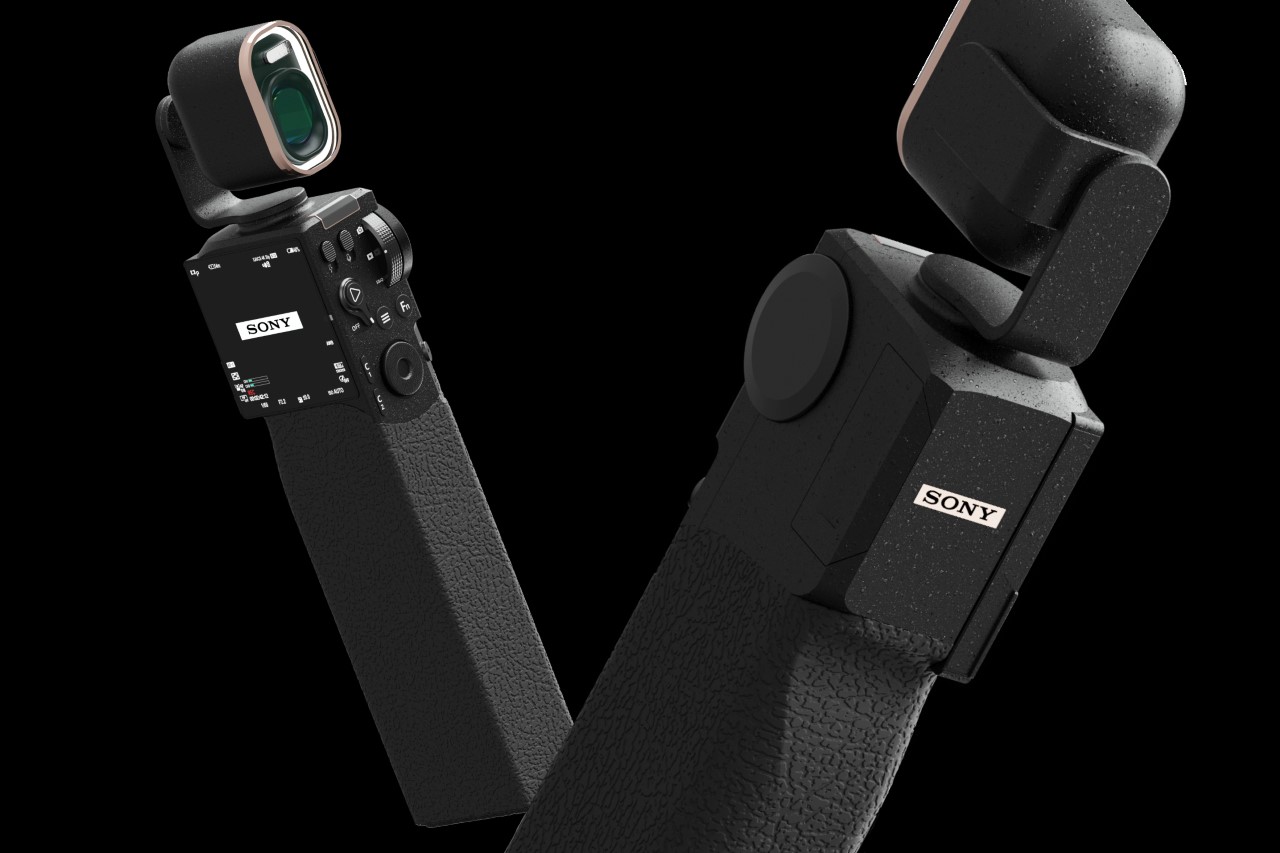
Designed during Advanced Design’s Offsite Cohort, the VLOG-001 is a culmination of all of Sony’s high-end consumer electronics products. It picks up on design cues from its mirrorless cameras, hi-fi audio players, TWS earbuds, and even the SRS-RA3000 – one of Sony’s most absurd high-end speakers.
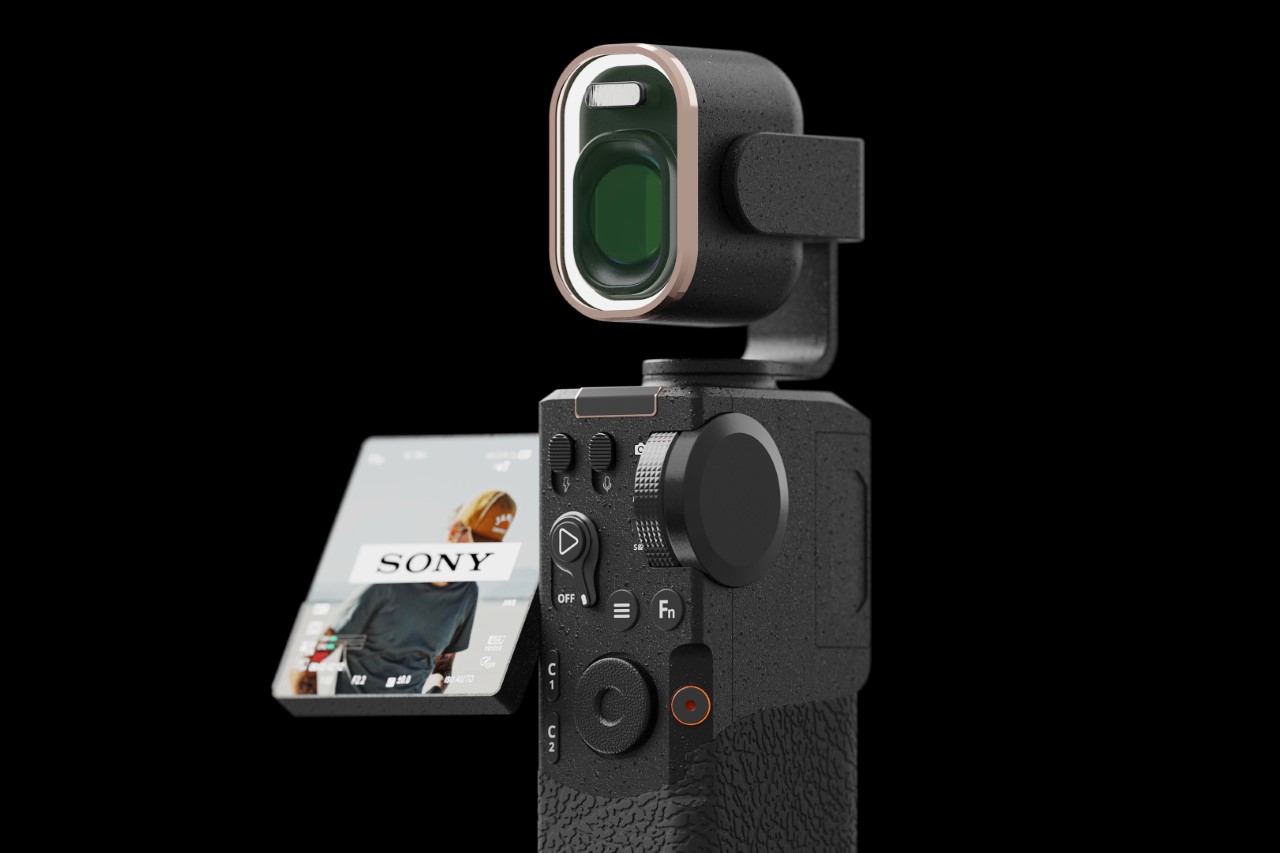
Simply put, the VLOG-001 is Sony’s answer to the DJI Pocket, a category-defining handheld camera with its own built-in 3-axis stabilizer. Designed to bring DJI’s drone technology to the handheld format, the Pocket (formerly called the Osmo Pocket) set a new standard for handheld vlogging. While the company clearly enjoys the limelight in this category, sharing the vlogging space only with Insta360 (as GoPro fades into obscurity), the VLOG-001 tries to imagine a future where Sony has a dog in the handheld gimbal-cam market too.
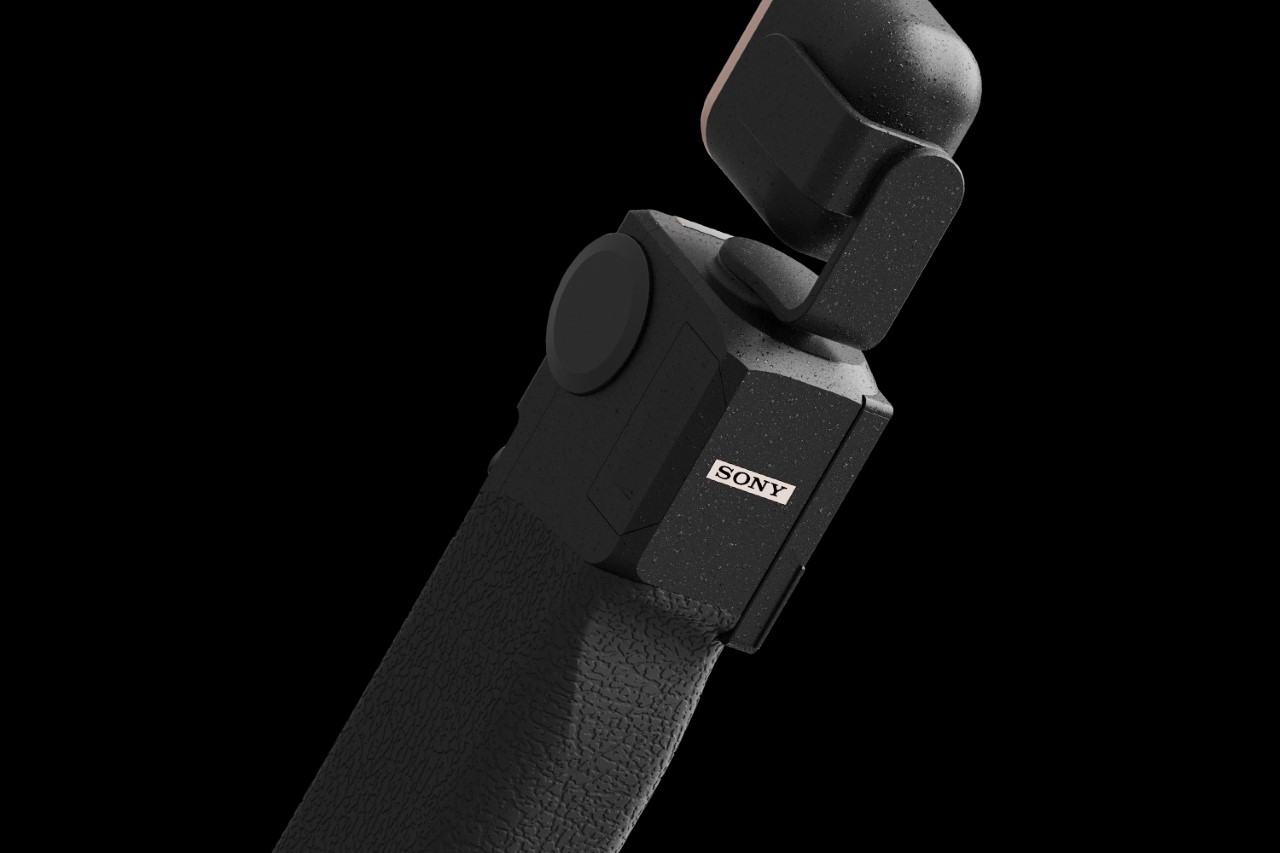
The handheld camera is reminiscent of Sony’s professional cameras, and comes with the same faux leather textured grip seen on most DSLRs and mirrorless builds. The bronze-accented black design is a nod to the company’s high-end Walkman audio players, while the controls borrow directly from its camera and music-player interfaces. Knobs, buttons, and switches let you control the camera on the fly (even while recording), and the gimbal-mounted single lens captures either the recorder (for vloggers) or what’s ahead simply by flipping around 180°. The camera can also alternate between landscape and portrait-style shooting formats, and a fold-out display (reminiscent of the Handicam days) lets you view what you’re recording. The display is measurably larger than the one found on the DJI Pocket 2, and the VLOG-001 does it one better by also coming with a built-in flash for low-light recording.
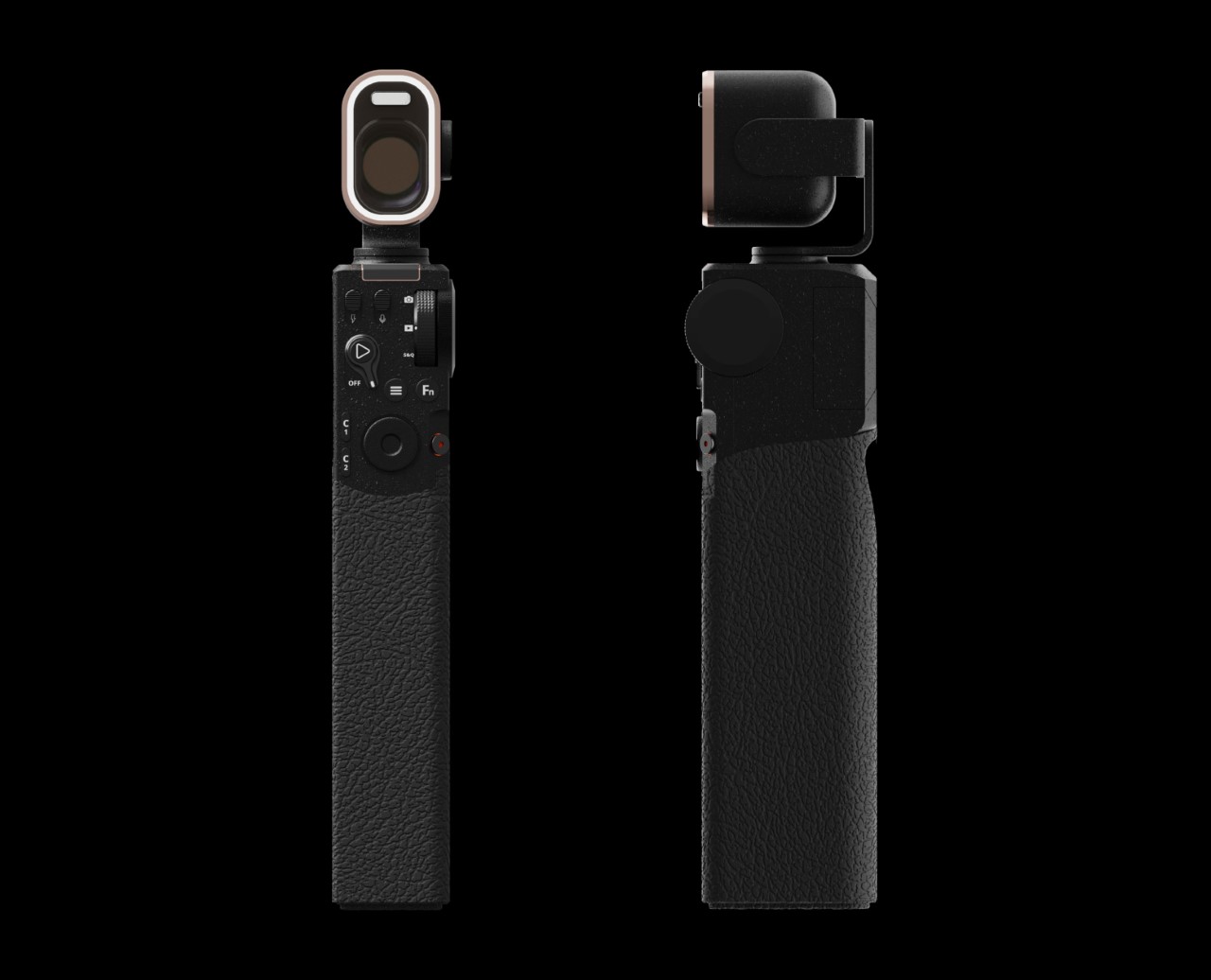
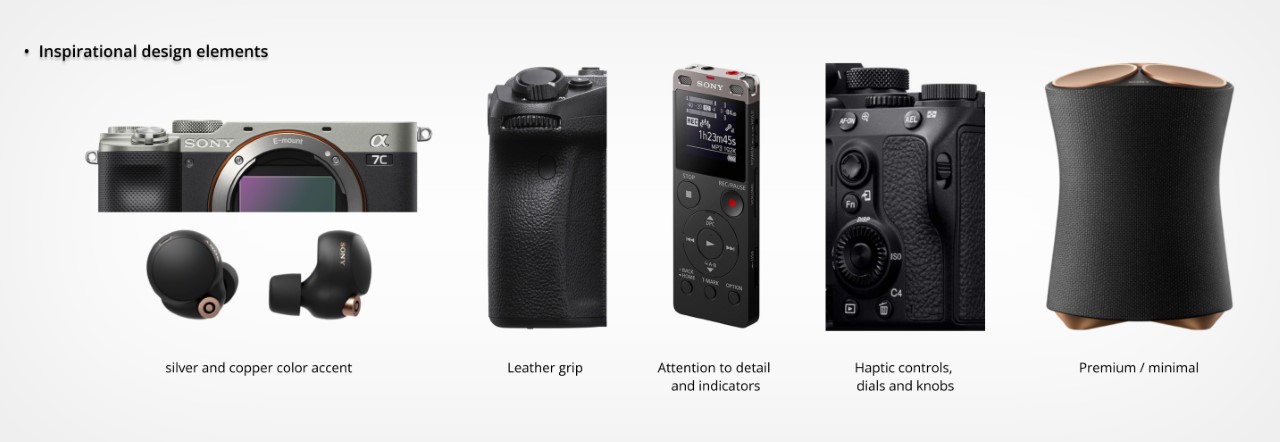
The post Sony VLOG-001: A Handheld 3-Axis Stabilized Camera Concept That Resonates with DJI Pocket 2 first appeared on Yanko Design.
